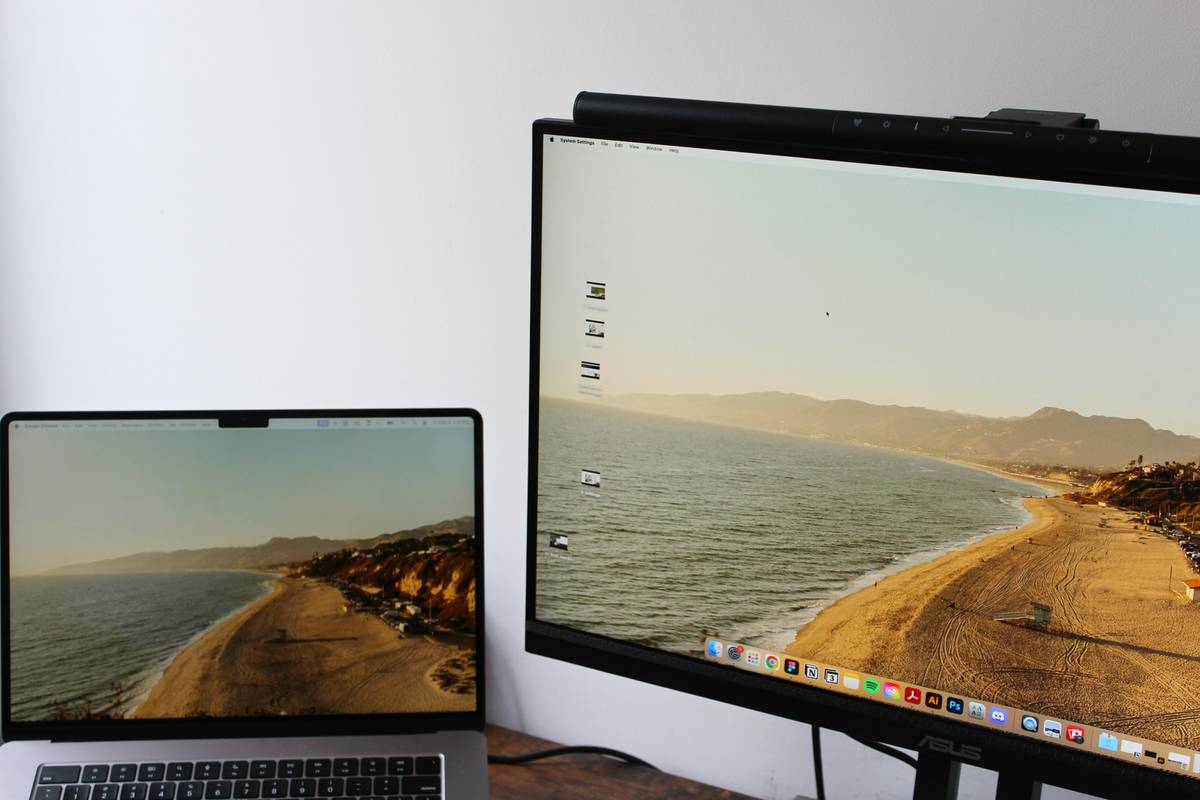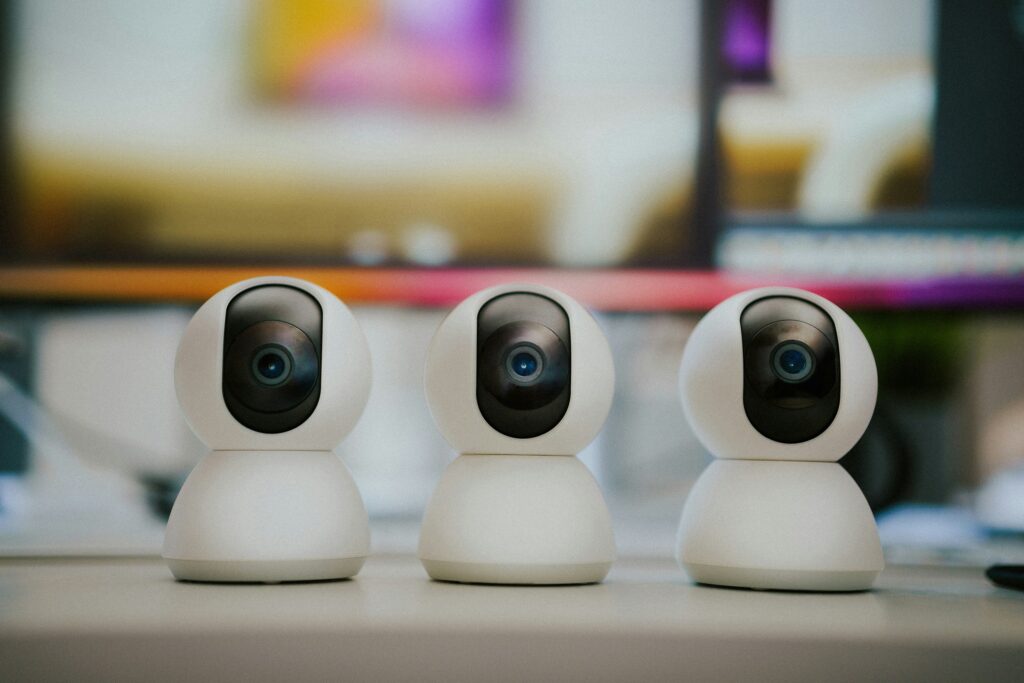Ever found yourself staring at your choppy stream, wondering why it looks like a dial-up connection from 1998? Yeah, we’ve all been there.
In this post, we’ll dive deep into the ultimate streaming tech comparison, equipping you with actionable tips and expert insights to take your streaming quality from “meh” to “Wow, how did they do that?” Along the way, you’ll learn:
- The must-know differences between streaming platforms and hardware.
- Step-by-step advice for setting up a killer streaming setup.
- Little-known secrets (and one terrible tip) for optimizing your streams.
Table of Contents
- Why Streaming Tech Comparison Matters
- Step-by-Step Guide to Building a Better Setup
- Top Tips for Streaming Success
- Real-Life Examples of Great Streams
- FAQs About Streaming Tech Comparison
Key Takeaways
- Choosing the right gear matters more than expensive equipment.
- Optimize settings based on your audience’s viewing habits (spoiler: not everyone has 4K).
- Troubleshooting common issues can save your live streams.
Why Streaming Tech Comparison Matters
Let’s talk real talk: Not all streaming setups are created equal. Whether you’re gaming on Twitch, hosting webinars on Zoom, or uploading vlogs to YouTube, the tools you use shape the experience—for better or worse.
Confessional fail alert: I once spent $500 on a shiny new camera only to realize my internet upload speed was barely scraping 5 Mbps. The result? A crystal-clear feed… that nobody could watch because half my frames were lost in cyberspace. Talk about a facepalm moment.

So here’s the deal: A solid streaming tech comparison isn’t just nerdy tech jargon—it’s your blueprint for avoiding disasters like mine. Here’s what makes comparing tech crucial:
- Budget Efficiency: Get the most bang for your buck by investing in tools tailored to your needs.
- Audience Experience: High-quality streams keep viewers engaged and reduce bounce rates.
- Future Scalability: As your channel grows, so will your demands—plan ahead!
Step-by-Step Guide to Building a Better Setup
Ready to upgrade your game? Let’s break it down into manageable steps:
Step 1: Assess Your Audience’s Needs
Optimist You: “I’m building the best setup possible!”
Grumpy Me: “Slow down, champ. First things first—who are you even streaming for?”
Different audiences care about different things. Gamers might prioritize frame rate over resolution, while corporate webinar attendees need stable connections and clean audio.
Step 2: Choose Your Hardware Wisely
Pro tip: It’s not always about going big. Sometimes, the mid-range option is where the magic happens. Consider these essentials:
- Cameras: DSLRs look great but come with steep learning curves; webcams like Logitech Brio offer plug-and-play simplicity.
- Microphones: Blue Yeti for versatility or Elgato Wave XLR for serious broadcasters.
- Software: OBS Studio vs. Streamlabs—both free, but OBS has fewer flashy distractions.
Step 3: Optimize Your Internet Connection
Your WiFi router might be sabotaging you. Wired connections reign supreme in streaming land—they’re faster, more reliable, and less prone to interference.
Top Tips for Streaming Success
Tip #1: Test Everything Before Going Live
Sound check, lighting test, bandwidth stress tests—they’re lifesavers. Nobody wants surprises during their live debut.
Tip #2: Keep File Sizes Manageable
If you record content offline before uploading, balance quality with file size. Remember: huge files mean longer processing times.
Tip #3: Monitor Chat Like a Hawk
Engagement = growth. Responding quickly builds rapport with your audience.
Warning: Avoid This Terrible Tip
Buying every gadget under the sun won’t fix bad content. Fancy gear masks poor planning like cheap perfume hides last night’s garlic bread. Focus on your story first.
Real-Life Examples of Great Streams
Take Ninja’s early days on Twitch. His secret sauce wasn’t top-tier gear—it was consistency, charm, and understanding his niche. That’s right: He made Fortnite fun again, and his tech choices supported his vision, not the other way around.
FAQs About Streaming Tech Comparison
Q: What’s the best laptop for streaming?
A: Look for models with dedicated GPUs and high RAM. Dell XPS and MacBook Pro are solid picks depending on OS preference.
Q: Should I invest in RGB lights?
A: Only if aesthetics matter to your brand. Otherwise, softbox lights work wonders for visibility.
Q: How important is bitrate?
A: Very. Too low = pixelated videos. Too high = lag city. Find the sweet spot using platform guidelines.
Conclusion
By now, you’ve got a roadmap for mastering streaming tech comparison. From picking the perfect gear to troubleshooting pesky tech issues, these strategies will set you apart from the pack. Just remember: Perfect pixels mean nothing without genuine connection.
Like Mario Kart multiplayer mode, success takes practice—but hey, at least no blue shells here.
*Cue nostalgia drop*: Back when Napster ruled, we never dreamed of streaming on demand. Now go forth, brave creator, and conquer those digital airwaves!
Random Haiku Moment:
Bits flow through cyberspace,
Frames dance across screens bright.
Stream dreams come alive.


